I know what some of the people are thinking: we live in the 21st century. We’re civilized and we have a pretty cool infrastructure, so what do you mean by how to cross a river safely? Just use the damned bridge, right?
Well, it sounds obvious, but this theory does not apply everywhere. It’s actual pretty far from it in certain circumstances, such as in in wilderness areas. Also, in a SHTF situation where you may be trying to escape, bridges are likely to be watched.
A common occurrence for outdoors enthusiasts (hikers for example) and one of the most dangerous obstacles that you can run into is river crossing when there’s no bridge available.
Truth be told, there are only a few things I can think of (like a Knight X5 for example) that can compete with the beauty of a mountain stream that flows majestically through the deep forest. This type of scenery is the salt and pepper of every outdoors enthusiast.
But, just because it’s a thing of beauty doesn’t mean that it’s harmless (the same applies to Ferraris).
You must be aware of the fact that knowing how to cross a river is an essential skill to master. It’s actually a critical one if you’re a hiker.
Quick fact: more people are killed every year in the US during attempted river crossings than are killed by snake bites. Drowning is usually the main cause of death, making for 37% of casualties.
What to Beware Of
While on the trail, one of the most dangerous things to do is to cross rivers while they’re running high and that’s also a common occurrence in any season.
Usually, people are lured by the sight of logs and rocks that may serve as an improvised bridge for getting to the opposite bank of the river.
Yet, most of the time, these rocks and logs are wet and the humidity has them covered with mosses and algae, making them very slippery. Trying to use them may lead to slips or falls.
Any type of injury is possible including broken hands or legs and head injuries; you can even get swept downstream if you fall into deep waters.You may drown in the process or get hypothermia. The list of what may go wrong in such a scenario can go on and on.
It is very hard to estimate a precise time of the year when streams and rivers run high because this occurrence is variable, depending on the general weather.
For example, if the snowfall in the respective year was light, you can expect moderate runoffs in the early days of the summer, IF the spring was warm and dry. For years with late-season heavy snows, rivers may run very high, making crossing them virtually impossible well into the summer even if there’s a bridge available.
When it comes to crossing rivers, you must remember two things:
- Never take unnecessary risks
- Don’t push people to do things beyond their skill or confidence level.
Before you go hiking, make sure that you check the conditions in the field. Be aware of your precise destination/trail; check the weather conditions on the internet, on the dedicated website of the National Park or wherever you choose to go. You can usually call them in advance to get information about conditions.
Always carry with you the necessary gear for river crossing such as trekking poles. These are ideal tools for assessing the depth of the water and for providing you with additional stability when you’re crossing the stream. If you don’t want to burden yourself with trekking poles or you don’t have them in the first place, you can improvise using sturdy branches instead.
You should wear convertible pants or shorts for maximum comfort and convenience. pack gym shoes or river shoes to keep your hiking shoes dry in the eventuality that you have to walk through the river instead of jumping on slippery rocks. Try not to cross the river barefoot; you may injure yourself pretty severely on sharp rocks and debris.
Go hiking early. There are 2 main reasons for that: first, early in the morning weather is cooler and the probability of snowmelt is lower; second, thunderstorms usually happen in the afternoon, making currents more dangerous.
A Few Tips for Finding the Best Crossing Point
When you’re at the crossing point, first you must assess the situation thoroughly.
Try to identify a safe crossing spot from an elevated point of observation; the spot where the trail meets the river is not always the ideal place to get to the other bank, look both down and upstream for alternatives. Always assume the worst; positive thinking will not make the dangers go away. Most of the time, streams are running faster and deeper than you previously thought.
A good crossing point is where the river breaks forming separate channels. The force of the stream will be dissipated and small islands may appear here and there. These are ideal places for taking a break during crossing. Hence, check out the area for braided channels.
The ideal point for crossing a stream is shallow, wide and straight. Check out for debris floating on the river. If you can spot logs and branches, crossing that stream may not be the best idea you’ve had that day, as you may get seriously injured when hit by floating debris.
Always test the current to see how fast it’s moving by tossing a branch in the water and watching how fast it goes downstream. If the branch is moving faster than you can walk, then the river is probably too dangerous to cross at that point.
If the flows are way above your knee level, it’s not a good idea to cross there. If the water flows rapidly enough, even relatively shallow water can cause you to lose your balance, get knocked off your feet and dragged downstream. You can try crossing through deeper water only if you’re considering a flat pool with little to no current.
Before crossing you should get as comfortable as possible and loosen your backpack. Unfasten the waist belt and the chest strap. In the eventuality of falling into the water, your backpack will get soaked and you may drown under its weight. You must be able to get rid of it quickly if necessary. You may lose it, but if you consider the grim alternative, it’s not the worst thing that can happen.
Check for available exit points on the opposite bank before crossing the river. You should be able to get out of the water as rapidly and as easily as possible.
After the assessment part is over and you’ve found the sweet spot, while you’re actually crossing the river, always keep your face upstream and shuffle sideways. Your body must be at a certain angle, diagonally to the current and you must move downstream (slightly) toward the opposite shore.
While crossing, be aware that the more contact you have with the bottom of the river, the safer and more stable you’ll be. Therefore, you must have two points of contact at all times with the bottom of the river. Use the poles to achieve better equilibrium as you move your feet.
Video first seen on Amin k
How Many Ways Can You Cross a River?
There are three basic ways to cross a river: the solo tripod, the group pole and the group eddy.
When crossing the river with a partner or a group, linking arms and coordinating your moves is better than doing it alone, because there’s safety in numbers after all.
The solo tripod method works best when the river is neither too fast nor deep and consists of using a trekking pole or a long stick to form a tripod along with your own feet, for added stability and equilibrium.
The group eddy method means that the biggest or strongest member of the group is placed up stream at the top of the respective group and uses a stick or pole for making a tripod. The rest of the people stay behind him forming a human chain and holding onto the belt of the next person in front of them. The first person acts like a plow of some sort, breaking the current and creating an eddy, making it easier for the rest to cross the river.
The group pole method is similar to the group eddy, just this time each member of the group holds his/her own trekking pole. They can additionally clasp their hands or lock arms, but holding onto the trekking pole is the best option. To minimize the effect of the current while crossing, every person must stay parallel to the river flow.
These are the best options for safely crossing a river. If you should ever be in the situation where you need to do this, unhooking your backpack is probably the most critical step that you can take.If you do fall in, at least you won’t be bogged down and will stand a better chance of swimming to safety.
If you have any experience crossing rivers and have anything to add, please feel free to do so in the comments section below.
This article has been written by Chris Black for Survivopedia.


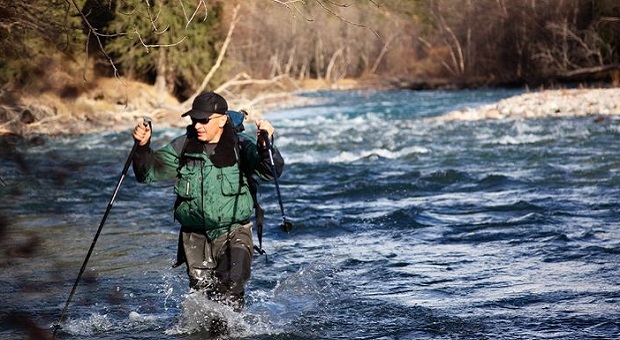
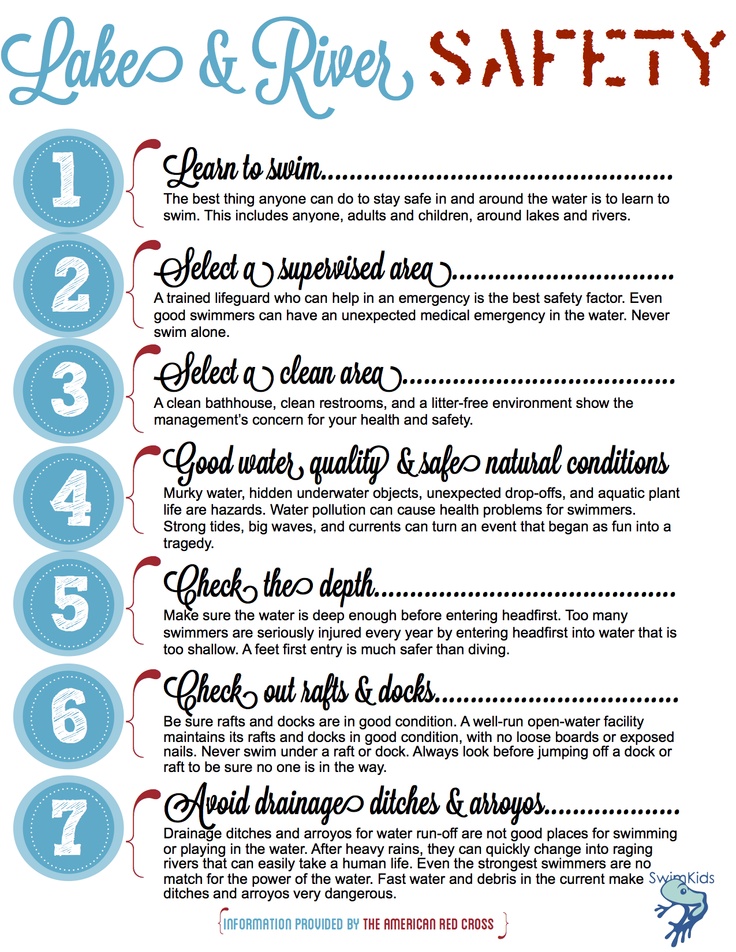
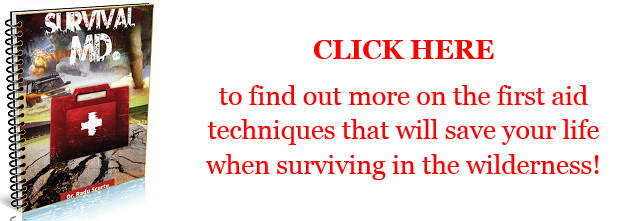
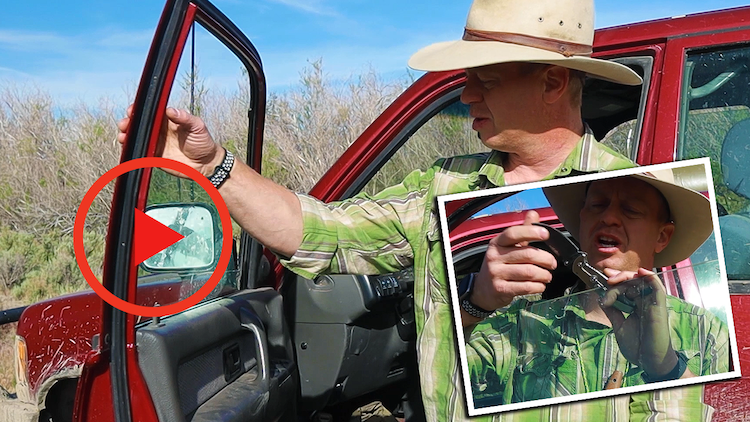
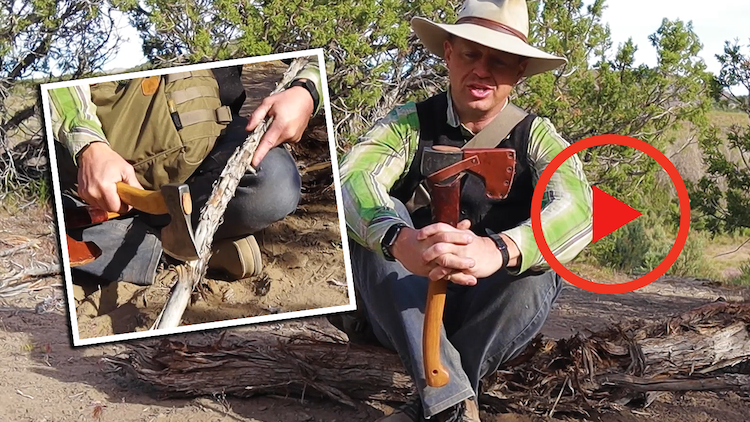
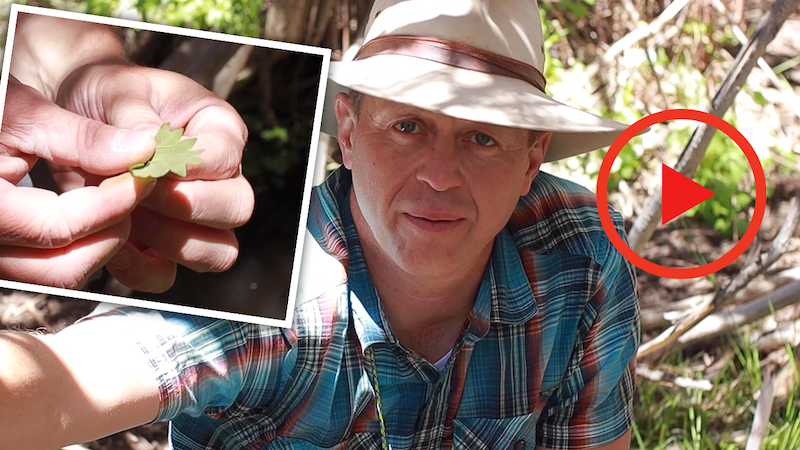
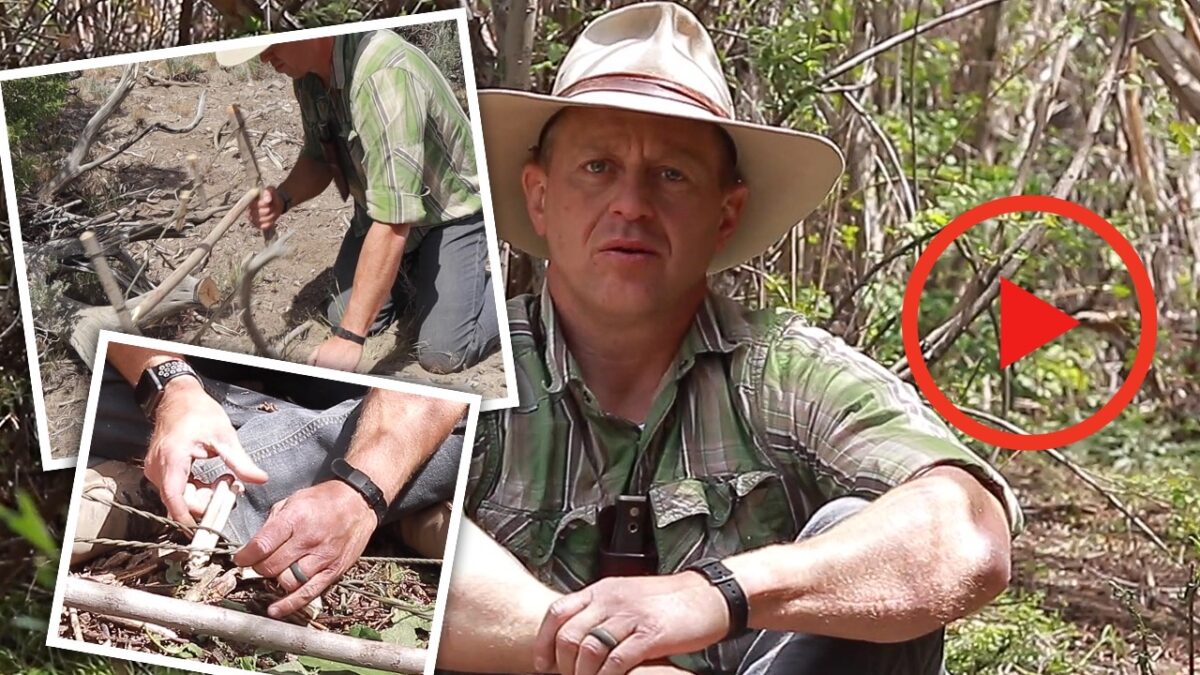

grintch | April 15, 2015
|
Always find a wide point to cross. Narrow points have faster currents.For a given flow of water, the wider the river , the slower the flow.
Pingback:The Four Major Mistakes Made In The Wilderness | Survival skills, survival guns, survival guide | October 16, 2015
|
Pingback:The Four Major Mistakes Made In The Wildernessdisasterdefense.us | disasterdefense.us | October 16, 2015
|
Pingback:The Four Major Mistakes Made In The Wilderness | October 17, 2015
|
Daniel | October 28, 2015
|
but what if you have to cross some big wide river, like some major European one? they can run for 100+ km without forming narrow sides
Pingback:Quick Guide On How To Avoid Drowning | Prepper's Survival Homestead | June 9, 2016
|
Pingback:Quick Guide On How To Avoid Drowning | Survivopedia | June 9, 2016
|
Pingback:Quick Guide On How To Avoid Drowning - Prepper Dome | June 13, 2016
|